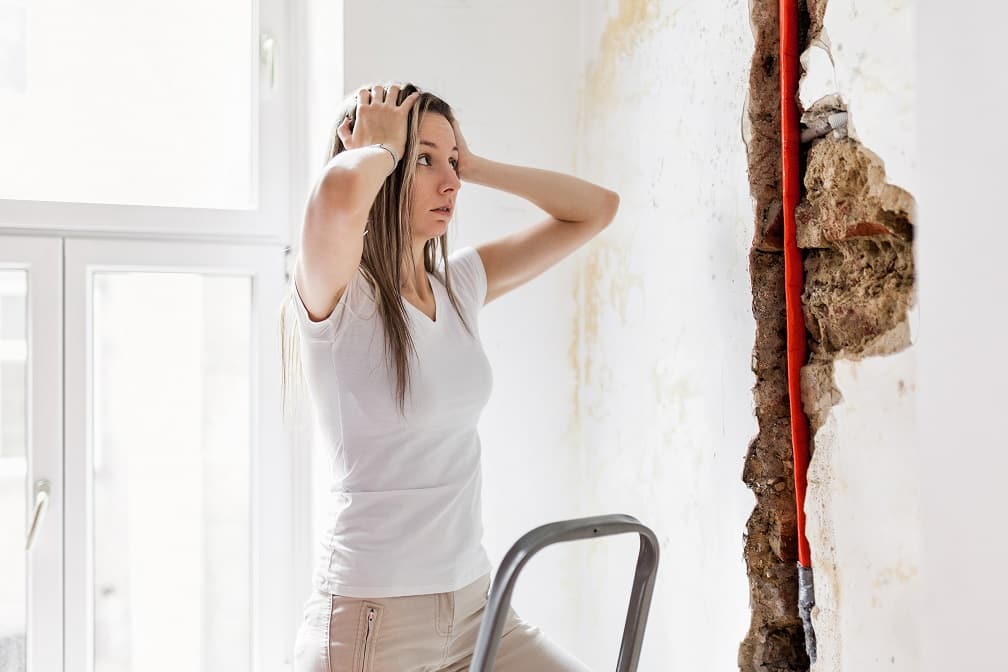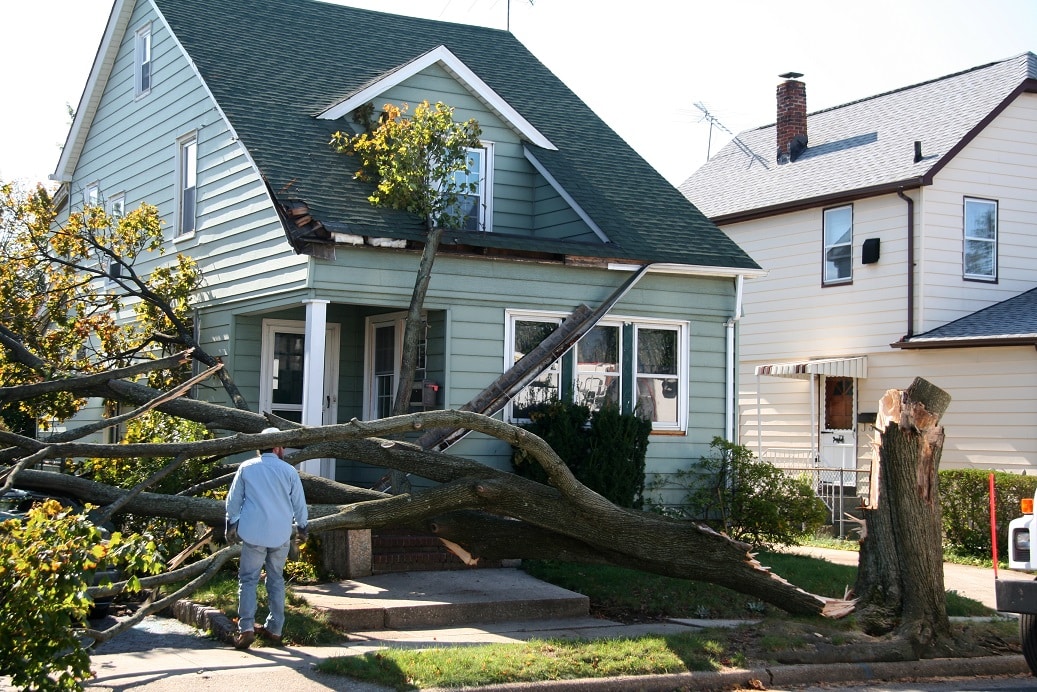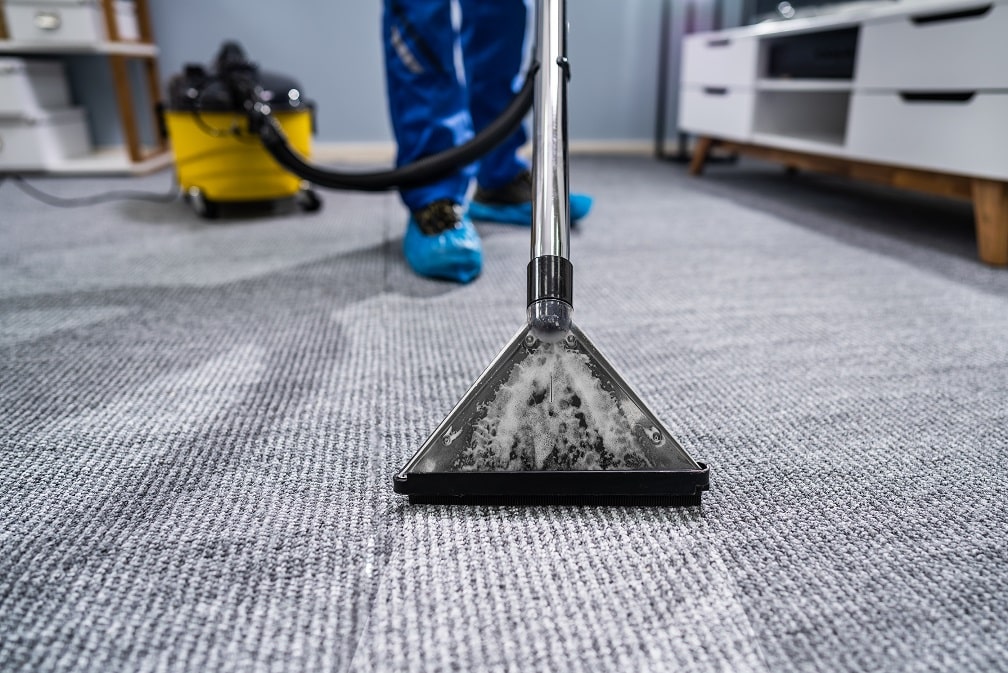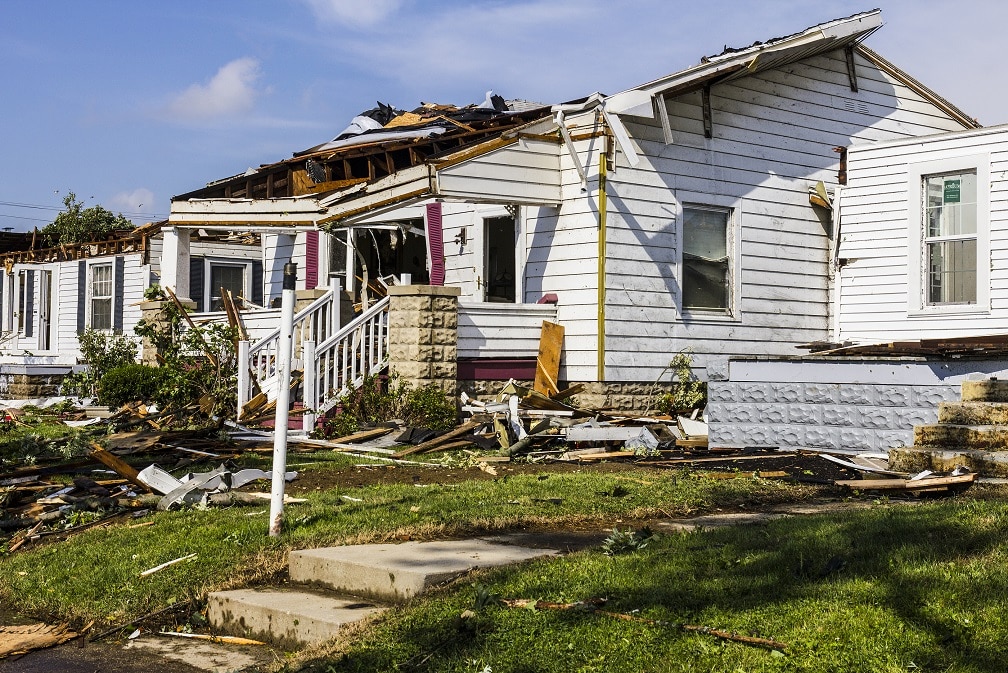Think about the total number of hours you spend away from your home each day. That could be away at your place of work, on a family vacation, or a weekend getaway. Now, imagine coming home after a fruitful trip, outing, or day at work to find water in your living room, basement, or water running down the stairs. Nobody would love that experience.
Water damage is not only one of the most common but costliest disasters that you can experience in a home. A water leak can cause mold, mildew, stains, waterlogged drywall, and personal belongings destruction. It is estimated that in the United States, the medical costs each year attributable to asthma-related complications due to exposures to mold and dampness total about $3.5 billion.
Common Sources of Water Leakage
Determining the source of water leakage can go a long way towards preventing water damage. Common sources include refrigerators, washing machines, water heaters, dishwashers, and air conditioning units. Another suspect is your plumbing system, as it’s susceptible to stoppages and clogs, which can lead to overflows in sinks, toilets, and washing machines.
In sewer lines and kitchen sinks, grease buildup is another reason for stoppages and clogs. In winter, water pipes can freeze and burst to damage the building and personal property. Your home is likely to suffer water damage without a solid and weather-tight roof.
Steps to take after a Leak is Detected
In many instances, water damage is always not due to dramatic events such as floods or hurricanes. Often, homes are ruined by pinhole-sized water leaks in pipes, blocked gutters, poorly graded soil, or a sump pump that has jammed. Preventing water damage is much cheaper than having to pay for repairs.
If evidence of a water leak is found anywhere in the house, investigate and deal with it right away. Knowing the source is a big step to prevent extensive water damage. If you ignore that small leak or delay in making the necessary repairs, expect mildew, mold, dry rot, or long-term structural damage to your building.
Disconnect Water Mains
Shutting off the water main is the most important action you can take to avoid further damage to your house or building. Water enters your house through the main before being distributed to the other pipes. In the event of a sudden pipe burst, it’s critical to know the water’s main location and how to shut it off. In most situations, simply shutting off the main stops the water flow and further damage.
Disconnect Hoses
If the water is coming from a hose connected to an outside tap, the first thing to do is to disconnect your hoses from the garden faucet. Standing water in a hose or pipe can freeze and create an ice block. In a worst-case scenario, the frozen water might bust your pipes and damage your floor, walls, foundation, and personal items.
Ensure hose connections coming into your house or those supplying water to dishwashers, washing machines, ice makers, and other household appliances are secure or disconnected if you suspect a leak.
Check Water Pressure
If the water pressure is set too high, hoses and pipes might fail under the intense pressure. To prevent potential damage, acquire a water pressure gauge from any hardware store. Have it attached to an outside tap, and turn the tap to full force. The water gauge will give you a pressure reading for your home.
Repairs Small Leaks Early
Repairs any small leak in your house before it turns into a big havoc-causing leak. Persistent leaks promote the growth of mildew, mold, rot, and even carpenter ants and termites (they love the soft, soggy wood. Fix a leak as soon as it’s detected to avoid all the problems associated with these conditions.
You may also want to consider installing floor pans beneath your water-based domestic appliances. While floor pans may not protect your house from a catastrophic leak, at least they can help you avoid water damage from slow, small undetected leaks.
Clean Downspouts and Gutters
To avoid blockage and potential ice dams, make sure you clean the gutters at least 2-3 times a year. Standing water damages your roof and gutters, making them susceptible to leaking. Besides, unmanaged overflow creates puddles that could find their way into your house and the foundation. Remember to also clean downspouts to make sure water flows through without leaking into your house.
Reseal your Basement
Often, water in your basement is caused by cracks in floor slabs or building foundations. If you notice any water seepage, especially after heavy rain, and you never had such a problem before, it could mean that your once-waterproof basement walls and cement floors have deteriorated.
Seepage can be exacerbated by soft soil that has settled in a manner to make water from the outside flow toward your house. The water may seep through cracks and even reach the foundation. Consider painting such vulnerable areas with a new coat of water sealant as it can prevent the seepage.
Install a Backwater Valve
Though less frequent compared to other sources of water damage, sewer backups can be messy. If you notice sewer backups, consider installing a backwater valve. When well-maintained, it allows sewage to go out of the system but not get back in. The mechanism is designed to prevent sewage backup into your house automatically.
Conclusion
Water damage can be disastrous and costly. It’s important to note that your homeowner’s insurance only protects against accidental and sudden damage. A standard homeowner’s policy will not cover damage due to poor or lack of maintenance. The best protection against water damage is stopping leaks even before they happen.
If a leak in your house has led to standing water several inches deep, you may want to deploy a sump pump. This is a submersible pump that will continuously pump out water from your house through a pipe or hose. Once fully dry, clean, sanitize, and think of ways of restoring the damage. Your restoration project will obviously depend on the extent of the water damage.




